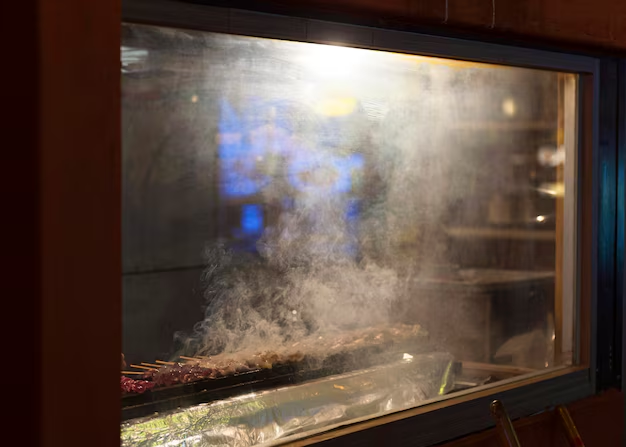Why Does Moisture Accumulate Inside My Refrigerator?
If you’ve ever opened your refrigerator and noticed water pooling inside, you’re not alone. While this may cause a moment of panic, it's a common issue with several potential causes and solutions. This guide will walk you through understanding why your refrigerator might be wet inside and how to address the problem effectively.
Understanding the Causes of Moisture in Your Fridge
When it comes to addressing moisture problems in your refrigerator, knowing the common causes is the first step. Here are some typical reasons why your fridge might be accumulating water:
1. Improper Door Sealing
Your refrigerator door has a gasket that seals the cold air inside. If this is not working correctly, warm room air can enter, leading to condensation.
Signs to Watch For:
- Ice or frost buildup around the door
- Door that does not close tightly
- Noticeable drafts when standing near the fridge
Solutions:
- Regularly clean and inspect the gasket for damages or warping.
- Ensure that nothing is obstructing the door from closing completely.
2. Clogged or Frozen Defrost Drain
A common cause of water collection is a blocked defrost drain. This drain allows water from the defrosting process to flow out of the fridge.
Symptoms:
- Water pooling at the bottom of the fridge
- Ice buildup near the drain
- An unusual sound of water trickling inside
Fix:
- Unclog the drain with warm water or a mix of baking soda and water to dissolve ice obstructions.
3. Temperature Setting Mistakes
Temperature regulation is key to preventing moisture within your refrigerator.
What to Check:
- The fridge should be set between 37-40°F (3-4°C).
- Freezer settings should be around 0°F (-18°C).
Action:
- Adjust the thermostat to the recommended temperature and monitor for improvements.
The Role of Humidity and Environmental Factors
Often overlooked, external factors around your refrigerator can exacerbate moisture issues.
1. Humidity Levels
High humidity levels can force your refrigerator to work harder, leading to internal condensation.
- Indicators and Remedies:
- A sticky feeling when you walk close to the fridge.
- Run a dehumidifier in the kitchen if you live in a humid climate.
2. Placement and Ventilation
Ensure the airflow around the refrigerator is unobstructed for optimal function.
- Tips for Better Ventilation:
- Keep the fridge several inches away from walls.
- Ensure no large objects block airing vents within the fridge itself.
Signs of Deeper Mechanical Issues
Sometimes, moisture inside the fridge indicates underlying mechanical issues.
1. Faulty Thermostat
An inconsistent internal temperature could be the result of a faulty thermostat.
Recognizing Thermostat Issues:
- Variable temperature readings despite settings.
- Food freezing in the refrigerator section unexpectedly.
Resolution:
- Consider professional repair or thermostat replacement if needed.
2. Defrost Timer Failures
A fridge failing to cycle through defrost stages may lead to excess moisture.
Identifying Defrost Timer Problems:
- Regular puddles of water that do not resolve with simple fixes.
Solution:
- Replacing or repairing the defrost timer may be necessary.
Regular Maintenance Tips for a Dry Refrigerator
Consistency in maintenance can prevent moisture issues.
1. Routine Cleaning
- Frequency: Every three to six months.
- Focus: Clean the inside of your fridge, seals, and drainage area.
2. Check and Test
- Ensure seals are clean and intact.
- Periodically test the thermostat for accurate readings.
3. Arrange Items Smartly
- Avoid placing hot food directly in the fridge to prevent steam.
- Do not overstock, allowing air to circulate properly.
📝 Summary: Quick Tips for a Moisture-Free Fridge
- 👀 Check Seals and Doors: Ensure air-tight closure.
- 🛠 Unblock Drains: Clear clogs with warm water.
- 🌡 Adjust Temperatures: Keep settings between 37-40°F for fridge and 0°F for freezer.
- 🔄 Allow Proper Ventilation: Position your fridge with adequate space and airflow.
- 🌧 Manage Humidity: Use dehumidifiers if needed.
- 🕵️ Professional Help: Seek expert services for thermostat or mechanical concerns.
When to Seek Professional Assistance
If you've tried these solutions and still encounter issues, it might be time to consult a professional. Persistent problems may indicate more complex repairs beyond basic DIY solutions.
